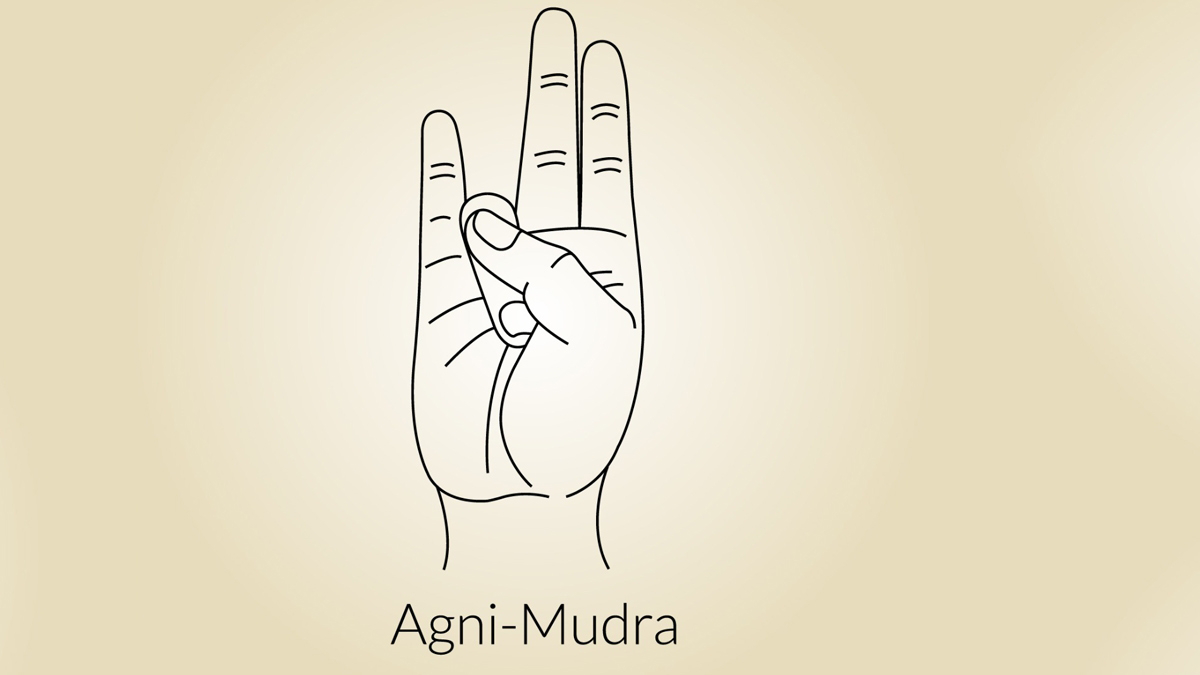Unveiling Vata Dosha: Understanding its Effects on the Body and Balancing Techniques through Asanas
- Get link
- X
- Other Apps
In Ayurveda, Vata is one of the three fundamental doshas governing the body, mind, and spirit. Representing the elemental forces of air and space, Vata plays a vital role in bodily functions and psychological well-being. When it is in balance, it promotes creativity, flexibility, and vitality. However, when it becomes aggravated, it can lead to various physical and mental imbalances. Understanding Vata dosha and employing yoga asanas can help restore equilibrium and foster holistic well-being.
Understanding Vata Dosha in the Individual Body:
Vata dosha embodies the qualities of movement, coldness, lightness, and dryness. It governs all forms of movement in the body, such as breathing, blood circulation, and the transmission of nerve impulses. When Vata is in balance, it supports vitality, creativity, and enthusiasm. However, an excess of Vata can lead to physical and mental disturbances, including anxiety, insomnia, dry skin, and digestive issues. Recognizing the signs of Vata imbalance is crucial for implementing effective balancing strategies.
Symptoms of Vata Imbalance:
- Irregular digestion and constipation
- Restlessness and anxiety
- Dry and rough skin
- Insomnia and disturbed sleep patterns
- Joint pain and stiffness
- Unpredictable appetite and weight loss
Balancing Vata Dosha through Asanas:
Yoga, an ancient practice that harmonizes the body, mind, and spirit, offers a multitude of asanas to pacify Vata dosha. Regular practice of these asanas can help stabilize the erratic Vata energies and bring about a sense of grounding, stability, and inner peace. Below are some highly effective yoga asanas to balance Vata dosha:
•Vrikshasana (Tree Pose): This asana enhances focus, stability, and concentration, which helps to calm the restless Vata energy.
•Balasana (Child's Pose): This gentle resting pose relaxes the mind and eases anxiety, helping to soothe Vata-related stress and nervousness.
•Virabhadrasana (Warrior Pose): Warrior poses promote strength and balance, helping to ground Vata energy and build stability in both body and mind.
•Setu Bandhasana (Bridge Pose): This asana stretches the spine and rejuvenates the body, providing relief from Vata-induced back pain and stiffness.
•Shavasana (Corpse Pose): A vital relaxation pose that calms the mind, reduces stress, and induces deep relaxation, assisting in balancing Vata energy.
Incorporating these asanas into a regular yoga practice, along with conscious breathing techniques, can help regulate Vata dosha and foster overall well-being. Additionally, maintaining a Vata-pacifying diet, incorporating warm, nourishing foods and calming daily routines, is essential in restoring harmony to the body and mind.
Understanding the characteristics and impact of Vata dosha on the body is crucial for maintaining a balanced and healthy life. By incorporating the practice of yoga asanas, along with mindful breathing techniques and a Vata-pacifying lifestyle, individuals can effectively manage Vata imbalances and experience a profound sense of well-being and tranquility. Embracing these holistic practices can lead to a harmonious integration of body, mind, and spirit, paving the way for a fulfilling and balanced life.
- Get link
- X
- Other Apps







Comments
Post a Comment